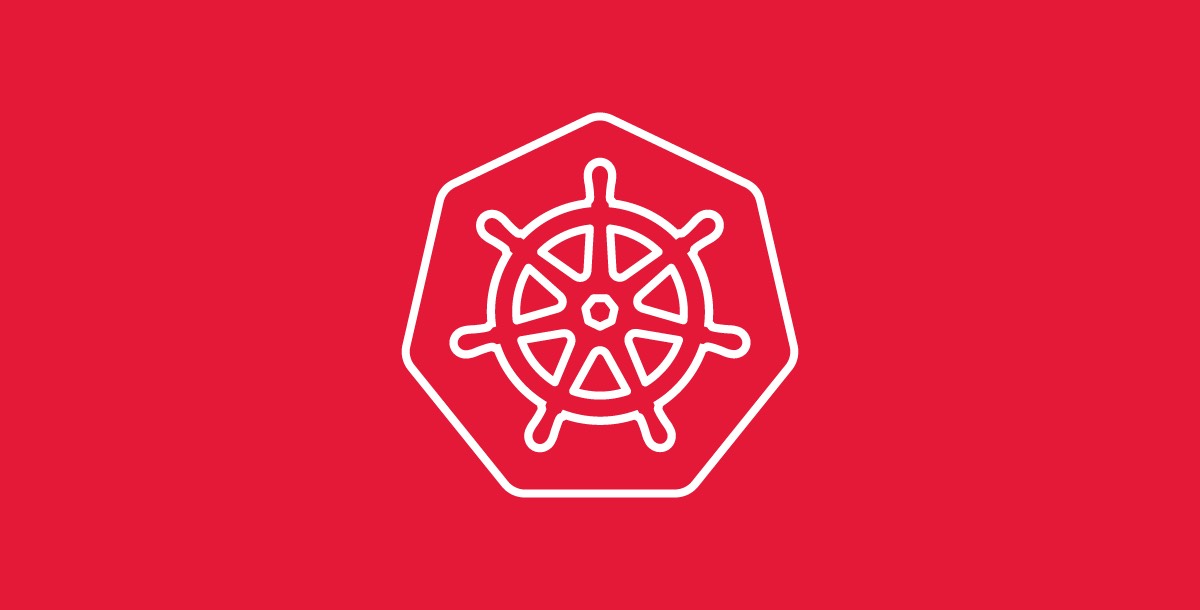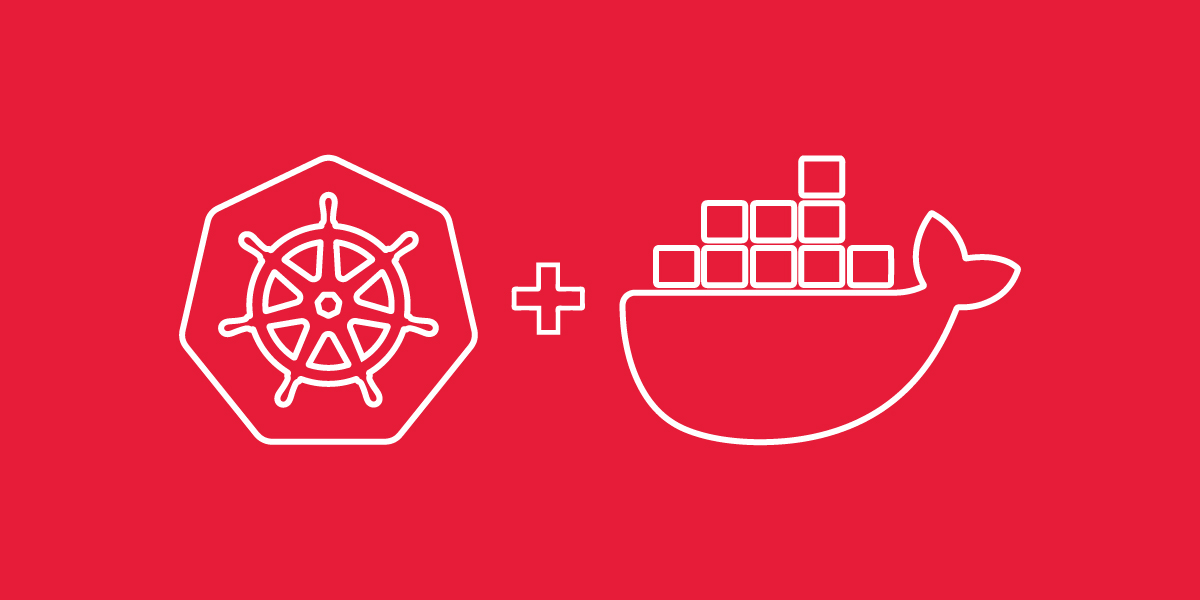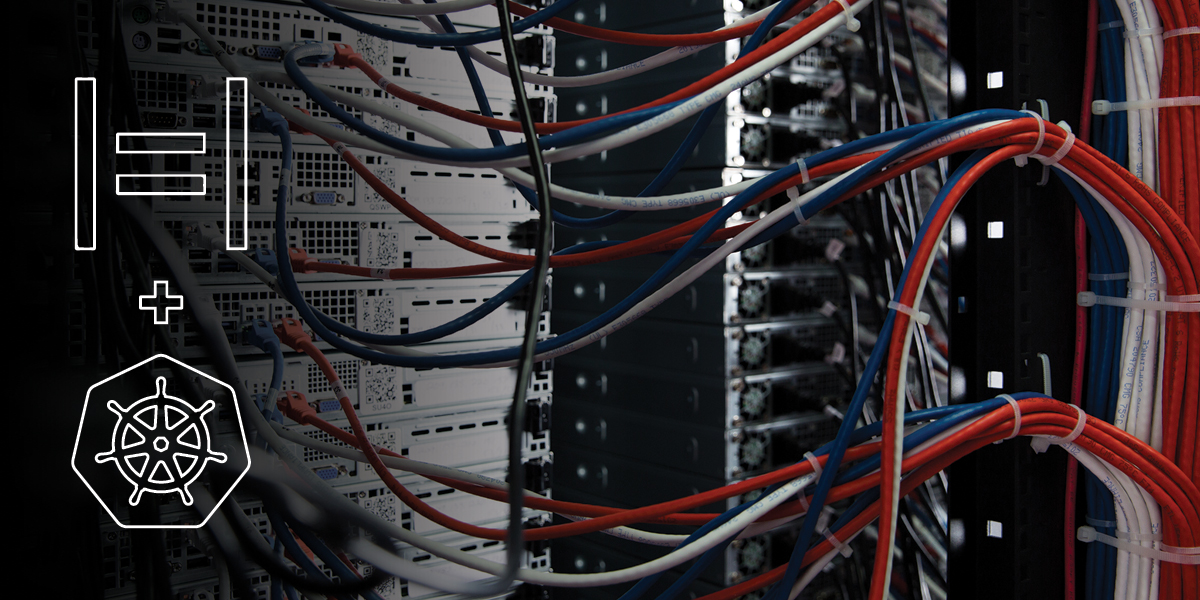
As containerization technology has grown increasingly essential in the development of cloud-native applications, one solution in particular has risen to prominence. Kubernetes, Google’s open-source, container orchestration framework, has shown unprecedented growth and user-adoption in the seven years since its release. While there are many reasons for this, one of the most essential is related to Kubernetes’ vendor-agnostic status. With multi and hybrid cloud solutions increasingly prominent, cross-platform development solutions like Kubernetes are a growing necessity.
But what makes Kubernetes so integral to the booming hybrid cloud industry? Can Kubernetes’ orchestrated containerization provide the technical solutions your company needs?
Read on to learn more about Kubernetes’ role in both multi-cloud and bare metal environments, and how a Hivelocity hybrid cloud solution paired with Kubernetes can bring your organization an agile development environment capable of conquering the competition.
What are Kubernetes and Containerization?
At their core, containers work similarly to virtual machines. A virtual machine (VM) uses a hypervisor to create artificial, isolated instances, capable of utilizing their own operating systems and resources to accomplish tasks distinct from each other. VMs allow administrators to take large systems and resource pools and divide them up, breaking them down into smaller, more resource-efficient machines.
Containers utilize a software known as a container runtime, which creates a containerization framework over top of the operating system. This allows users to create containers, isolated instances with their own designated resource needs and storage systems. Unlike virtual machines though, containers are more relaxed in their isolation rules. This means that while the containers remain secure and distinct from each other, they are capable of still utilizing the same, singular operating system. This allows for a more lightweight and dynamic means of dividing up large machines on a per application basis. Because these containers are decoupled from their underlying infrastructure, they can be easily moved across dedicated server and cloud environments while maintaining consistent results, making them much more flexible than traditional VMs.
The dynamic flexibility containerization offers means your applications can operate predictably from development to deployment.
Kubernetes takes this a step further by adding an orchestration layer to its container framework, granting easier management over large-scale networks of containers. By pooling the combined resources of multiple nodes (physical or virtual machines) into a supercomputer known as a cluster, Kubernetes is able to string together massive networks of containers, all with automated monitoring and failover features. With automatic bin packing and customizable deployment patterns, Kubernetes allows administrators to divide complex, monolithic applications into efficient and highly specialized microservices. These microservices form the core of most cloud-native applications combining together to offer a wide range of services to users across the world.
Looking for a more in-depth explanation of Kubernetes and how it works? Check out our knowledge base article, What is Kubernetes?, for more information on Kubernetes, containerization, and a selection of key terms associated with both.
The Advantages of Containerized Infrastructure with Kubernetes

Before the invention of virtual machines, websites, networks, and databases all relied on dedicated servers for storing their data and processing their applications. While these machines could often be quite powerful, the inconsistent demands of most applications meant that often, a server’s full resources fluctuated wildly between underutilized and overtaxed. Separate applications could be split between physical servers to establish defined resource boundaries, but high costs associated with this limited scalability.
With the creation of virtualization though, it became easier to divide a dedicated server’s resources more efficiently. By creating smaller, independent parcels, VMs are capable of tackling separate commands simultaneously, all with minimal overlap. This led to the establishment of shared web hosting and eventually the cloud, large networks of virtual machines hosted remotely on other users’ physical servers.
By pooling the combined resources of multiple nodes into a supercomputer known as a cluster, Kubernetes is able to string together massive networks of containers.
Containerization is a more modern alternative to virtual machines, offering users a lightweight, hyper-specialized method for breaking applications and series of applications into smaller, portable, more efficiently-utilized pieces. In cloud environments where data is stored and freely moved between networks of available servers, the dynamic flexibility containerization offers means your applications can operate predictably from development to deployment, regardless of their specific environment.
These advantages are especially apparent in Kubernetes, where an added layer of orchestration allows users to designate an intended state for the system, then automatically update and maintain the system as it grows. Known as the control plane or master node, this unit takes responsibility for monitoring the health and status of every node and container within the cluster. All instructions are relayed through the master node, and any system changes are made automatically utilizing the combined resources of the cluster. If a node or container should fail, the control plane is able to restart and relocate the containers within the cluster to wherever they can run most efficiently at the time.
The end result? Applications which are flexible, scalable, manageable, and secure.
The Benefits of Kubernetes
The following are a few key features of Kubernetes which account for its popularity and widespread user acceptance.
Flexibility
Developed in-house by Google for use in their own systems, Kubernetes was released as open-source through the Cloud Native Computing Foundation in 2014. For this reason, Kubernetes was not designed with a single platform in mind. Instead, an active community of users and general acceptance by providers means that with available plugins, Kubernetes can function identically across public cloud, multi-cloud, bare metal, and hybrid cloud environments. This “cloud-agnostic” status means that applications designed using Kubernetes are easily transferable and can utilize the full, combined resources of your entire infrastructure, regardless of complexity. Once nodes and containers within the cluster are designated, Kubernetes takes care of handling the rest, running applications and deploying changes as needed to achieve the system’s intended end state.
Kubernetes was not designed with a single platform in mind.
Because Kubernetes is not a traditional Platform as a Service solution, it does NOT limit supported application types or dictate specific configuration languages. While it doesn’t provide out-of-the-box application-level services like databases and middleware, these components can be integrated manually using Kubernetes’ wide list of available add-ons. This combination of flexible usage and community-driven plugins keeps Kubernetes cutting edge even within the ever-changing world of tech.
Scalability
Kubernetes’ control plane maintains constant monitoring on the status of the cluster and knows the intended state of the environment as a whole. Using automation, these master nodes are able to make changes to maintain the stability of the cluster. This means Kubernetes has the ability to make decisions on its own, scaling up resource availability as needed should traffic to a specific container increase.
This ability to rapidly scale up or down as required makes Kubernetes an ideal platform for cloud-native applications. Services which require rapid scaling, such as real-time video or audio streaming, can utilize Kubernetes’ containers to automatically create and destroy instances as needed, all handled automatically in response to actual user-demand.
Manageability
Kubernetes isn’t a traditional orchestration system. Unlike procedural configuration tools (like Anisible), in which the user designates a series of instructions to the system which are then enacted automatically, in chronological order, Kubernetes operates more similarly to Terraform.
Like Terraform, Kubernetes uses a declarative automation system, meaning the user doesn’t tell the system how to get from steps A to B to C. Rather, they designate the system’s total resources (step A), lay out an intended end goal (step C), and allow the system to automatically take the steps necessary to most efficiently reach that goal. This minimizes the room for human error and allows for the easy maintenance of systems which would otherwise be too large to handle manually without massive teams of administrators.
For instance, Google deploys over 2 billion containers a week running their services alone. Scaling and descaling on this level would be a nearly impossible undertaking without Kubernetes’ declarative orchestration.
Security
Cybersecurity is one of the most important and too often misunderstood elements of IT. Part of the reason for this is because keeping digital infrastructure secure is a complex task. Too often by the time a problem is noticed, it’s already too late to truly stop it. Therefore, the best way to maintain security is to start with a healthy and well-monitored infrastructure from day one.
With Kubernetes, every change which occurs within the cluster is monitored by the control plane and a reflection of the environment’s intended state. This means that if a container grows outdated or falls outside the purview of future changes, rather than forgetting and abandoning the container, the system automatically removes these instances once they’re designated as unneeded. This helps limit vulnerabilities in the system, leading to a healthier, better maintained infrastructure.
Additionally, with containerization in general, although a single operating system is shared by multiple containers, the data within these containers remains isolated. Like virtual machines, each container has their own internal storage methods, allowing for more efficient usage of total system resources without the fear of data overlap.
Kubernetes and Docker

Among the containerization tools available, Docker might be the name which has grown most synonymous with the software. Released in 2013, Docker has helped establish the de facto standard for what we consider containers today. A precursor to Kubernetes, Docker has grown to be an essential component of many large infrastructure solutions.
But while Kubernetes and Docker provide many of the same features, the two don’t actually work in opposition to each other. Rather, they can be combined to seamlessly manage clusters composed of both Docker and Kubernetes containers.
Like Terraform, Kubernetes uses a declarative automation system. Designate the system’s total resources, lay out an intended end goal, and allow the system to automatically take the steps necessary to most efficiently reach that goal.
When establishing the nodes and containers that comprise a cluster’s total resources, applications housed within Docker containers can be designated as part of the cluster as well. In these instances, when the master node contacts the pods housing these containers on your worker nodes, a service known as a kubelet makes contact with Docker, instructing it to launch the specified container. From there, it remains in contact with Docker, collecting real-time status updates on your Docker containers, all while aggregating that information back to the Kubernetes’ control plane.
While Docker does offer its own orchestration solution, known as Docker Swarm, general acceptance of Kubernetes has grown so widespread that Docker actually packages both Kubernetes and Swarm into their enterprise-grade solutions.
This means that even if your infrastructure is already utilizing containerization through a different provider, like Docker, Kubernetes’ added orchestration can help bring automated scalability to your development environment without the need for a total restructure.
Hivelocity + Hybrid Cloud Kubernetes Clusters

We’ve said it before and we’ll say it again: the days of single-provider cloud solutions are on the way out. As more users realize the dynamic advantages of multi and hybrid cloud solutions, the reliance on the one-size-fits-all provider package continues to dwindle. It’s not that these cloud packages aren’t convenient, it’s just that hidden within that convenience is a system of limitations designed to trap users with vendor lock-in.
With the development of tools like Terraform and Kubernetes though, flexible, dynamic, cloud-agnostic orchestration solutions, it’s becoming easier and easier to manage complex, hybrid systems using automated oversight. Why pay expensive data transfer fees in the name of scalability? Why settle for fragmented virtual machines instead of the full resources of bare metal? With the right tools and environment, it’s possible to combine the advantages of a dedicated server solution with the ease of the cloud.
So don’t throw out your current cloud solution. Modify it. Perfect it by combining it with the superior resources of a Hivelocity bare metal dedicated server solution. Give your organization the hybrid infrastructure it deserves and bring back predictability to your budget. Let our custom solutions architects build you a digital infrastructure which will serve your company’s needs for years to come.
With the automatic and manageable containerization of Kubernetes and a custom hybrid cloud solution from Hivelocity, having the best of both worlds is easier than you think.
– Sean Kelly


